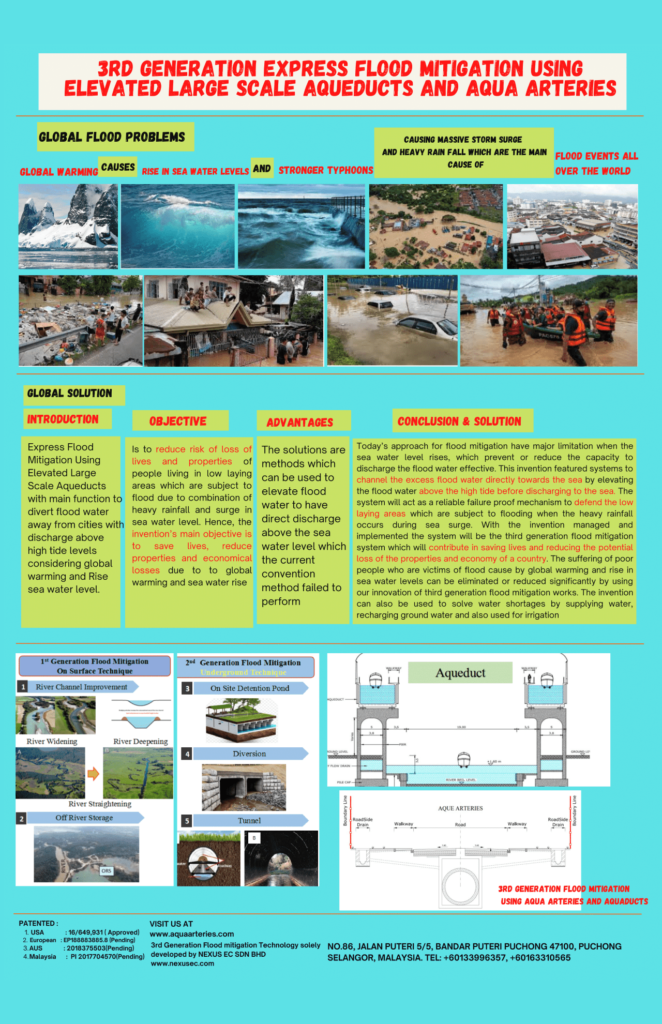3rd Generation Flood Mitigation using Aqueducts and Aqua Arteries
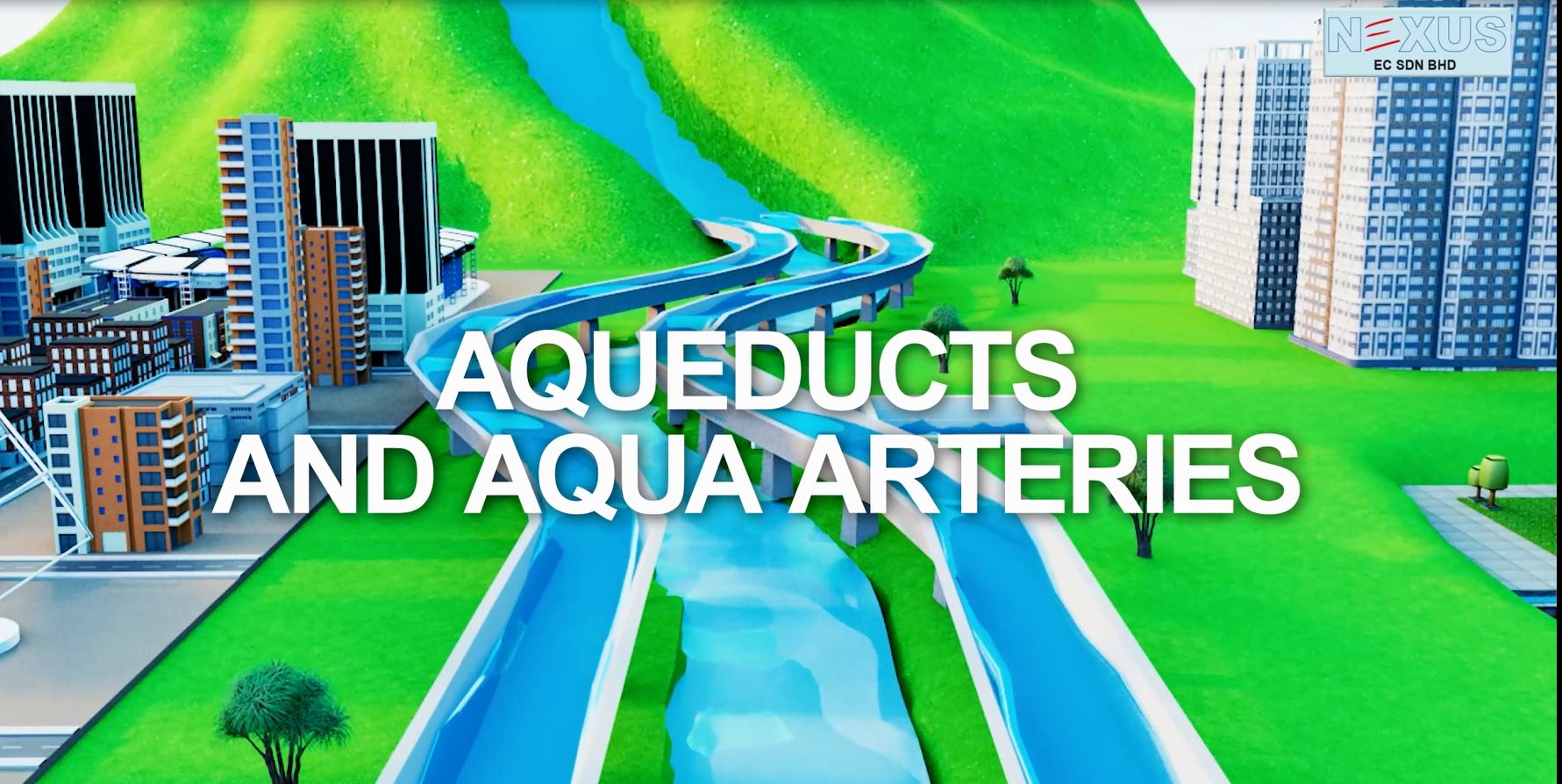
Introduction
Express Flood Mitigation using elevated large scale Aqueducts with main function to divert flood water away from cities with discharge above high tide levels considering global warming and rising sea water level.
What is the Innovation About?
Objective
Is to reduce risk of loss of lives and properties of people living in low laying areas which are subject to flood due to combination of heavy rainfall and surge in sea water level. Hence, the invention’s main objective is to save lives and reduce properties and economical losses due to global warming and sea water rise.
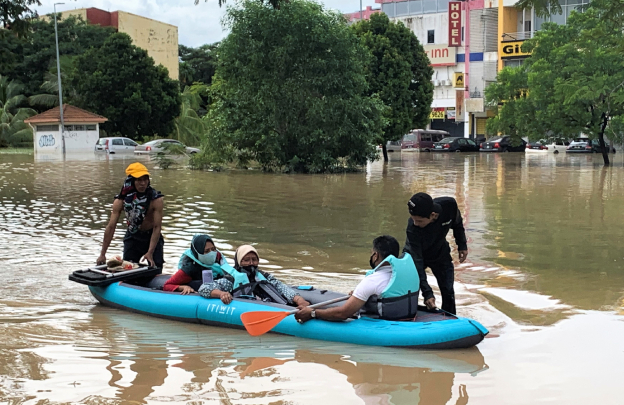
Save Lives
In 2020, the lives lost due to flooding amounts to 6,178, whereas 2,785 were injured (source: Our World in Data: Flood: Deaths)
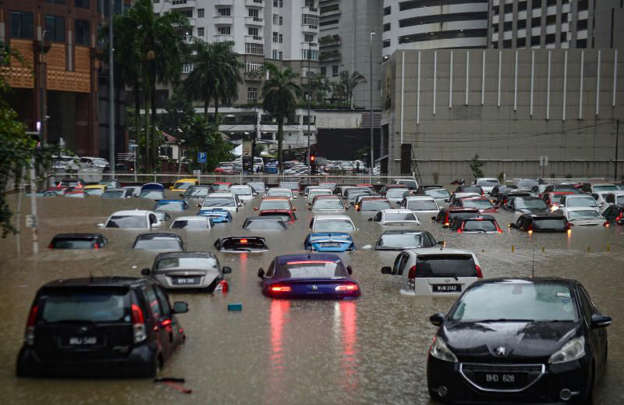
Reduce Properties and Economical Losses
In 2020, the estimated total damage caused by flood was about 0.08% of the world's GDP, amounting to a total of 6.79 trillion USD (source 1: Our World in Data: Floods Economic Damage, Statista.com: GDP 2020)

Advantages
The solutions are methods which can be used to elevate flood water to have direct discharge above the sea water level which the current convention method failed to perform.
Global Solution to Save Lives and Reduce Economical Losses
Today’s approach for flood mitigation have major limitation when the sea water level rises, which prevent or reduce the capacity to discharge the flood water effective.
This invention features systems to channel the excess flood water directly towards the sea by elevating the flood water above the high tide before discharging to the sea.
The system will act as a reliable failure proof mechanism to defend the low laying areas which are subject to flooding when the heavy rainfall occurs during sea surge.
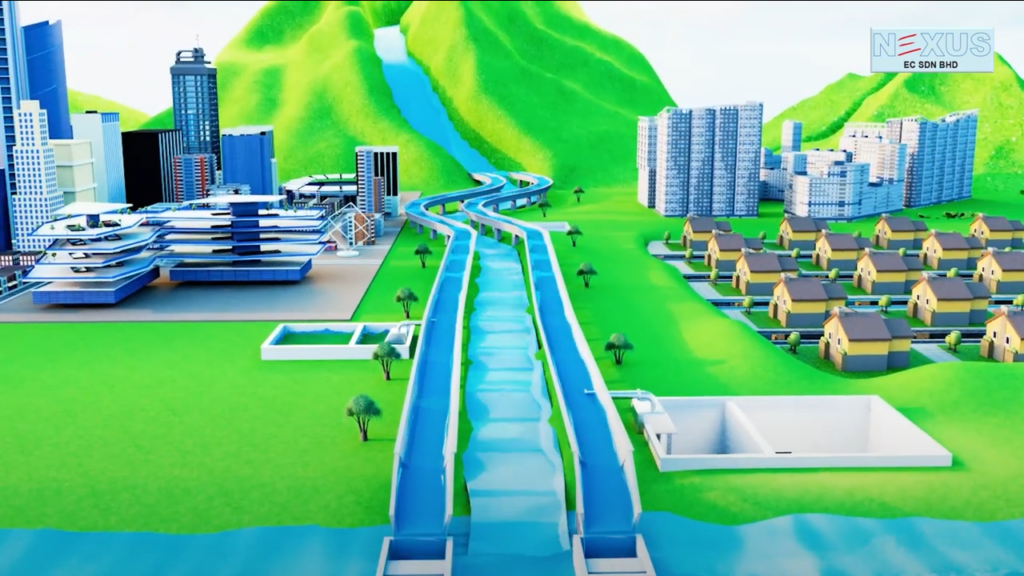
Elevated Aqueduct channels the excess flood water directly to the sea

Sea surge
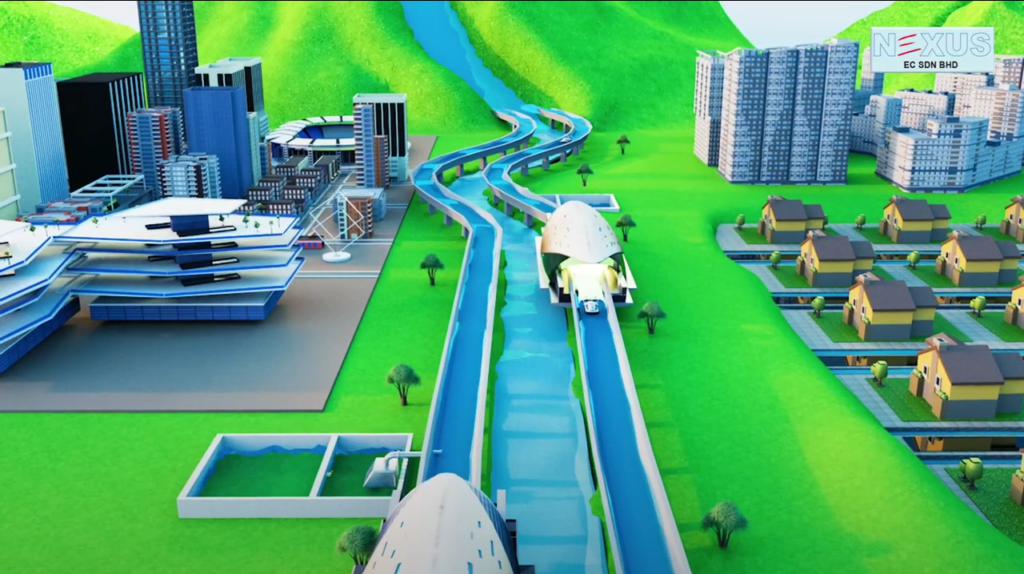
How Aqueducts can be a multipurpose innovation

Global warming melting the polar ice caps
3rd Generation Express Flood Mitigation Using Elevated Large Scale Aqueducts and Aqua Arteries
Current flood mitigation measures generally involve the construction of monsoon drains, flood walls, floodgates, river dykes or bunds, weirs, diversion culverts or dams based on site suitability and the characteristics of river. Sometimes, rivers are dug deeper to increase the water holding and flow capacity
The conventional methods can be classified as 1st and 2nd generation. The 1st generation mainly consist of river widening, deepening, strengthening, off river storage or earth detention ponds. Where else the 2nd generation flood mitigation was developed when the concrete and steel technology started to dominate the construction industry. The second generation of flood mitigation consist of deep detention ponds, underground diversion culverts and tunnels.
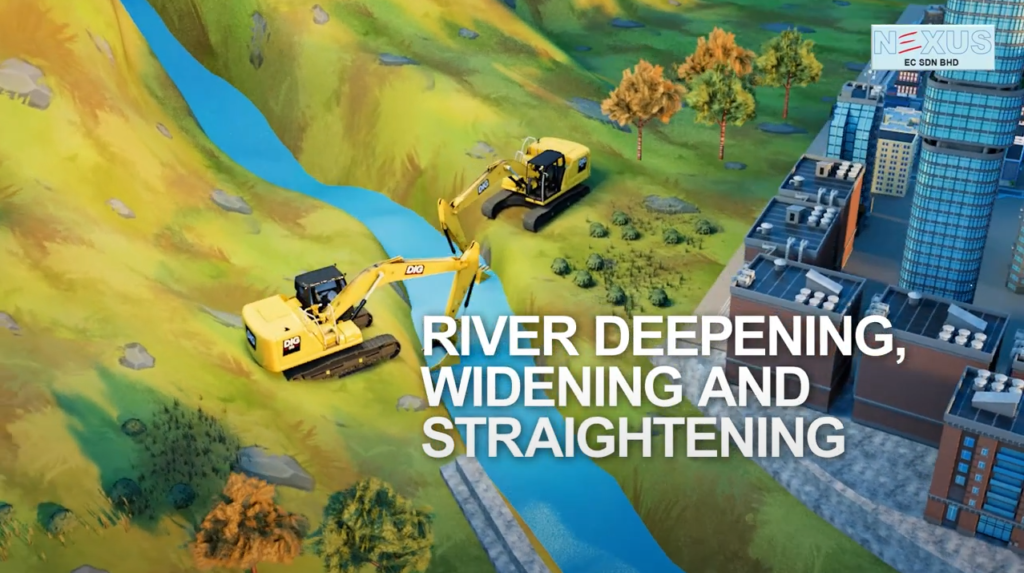
River deepening, widening, and straightening
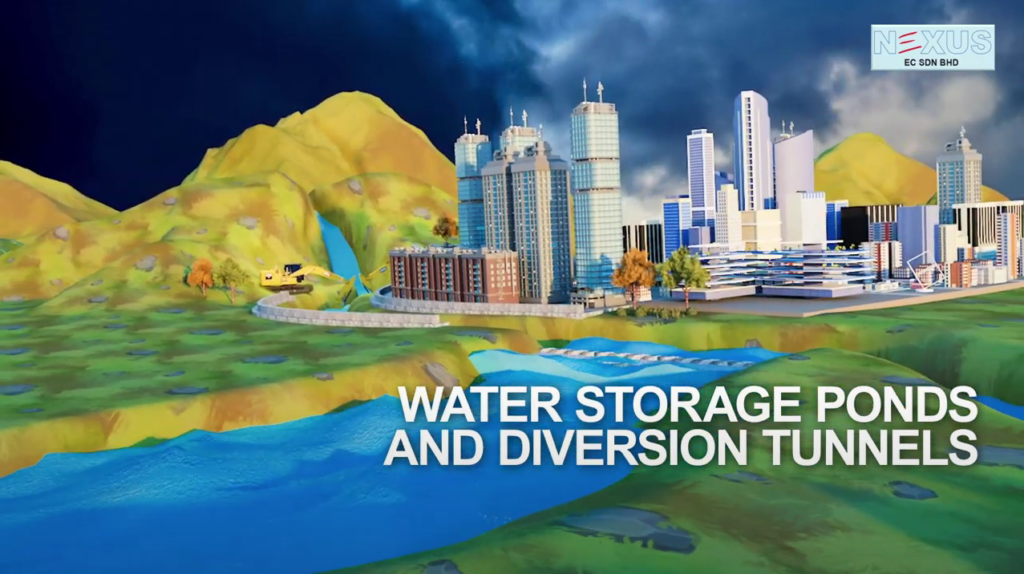
Water storage ponds and diversion tunnels

High back water effect pushes river water back, preventing excess flood water from flowing to the sea
How Aqua Arteries Work
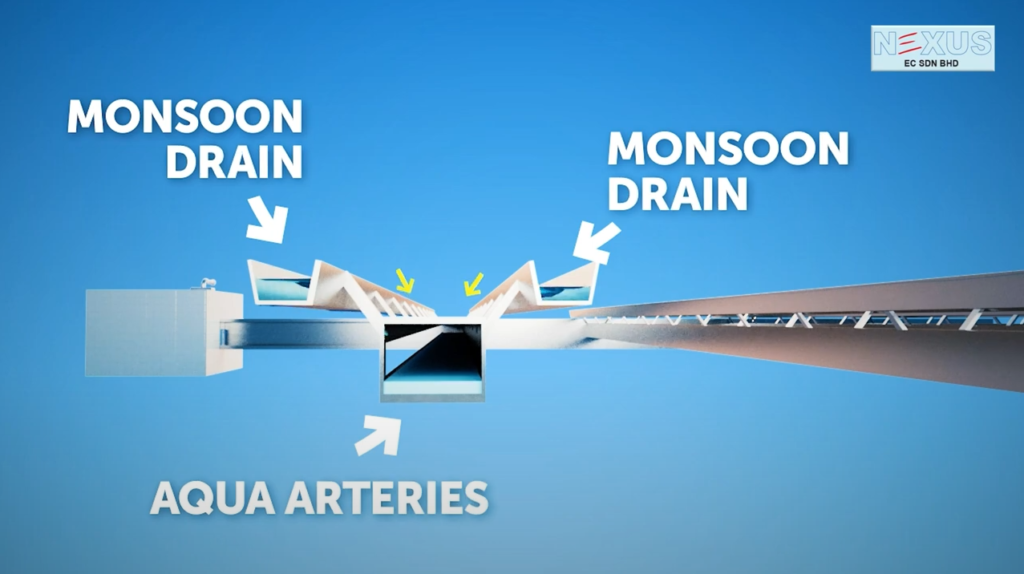
How Aqua Arteries work to prevent flood in low lying area
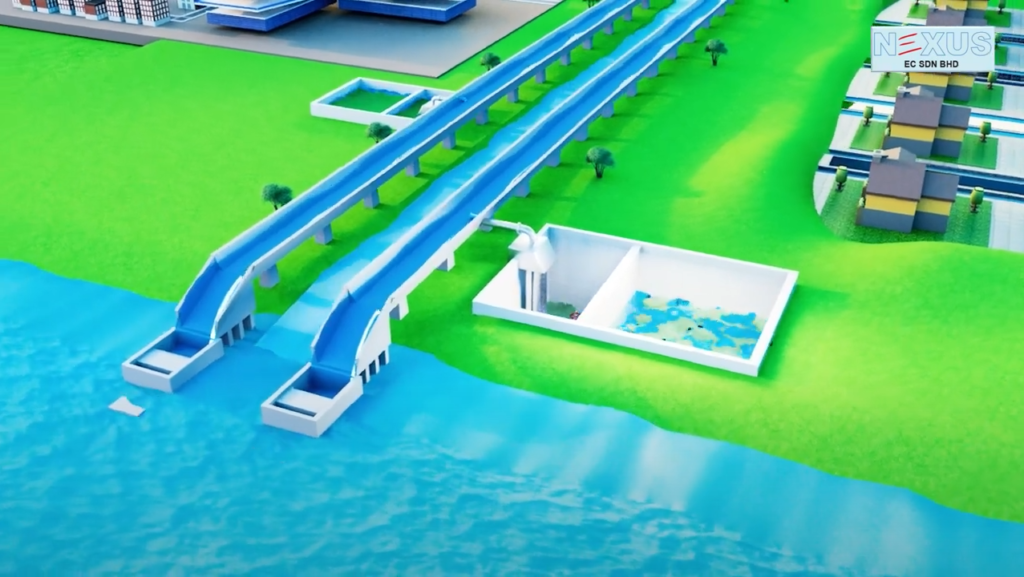
How Aqueducts and Aqua Arteries connect to control the excess flood water

Biography Ir. Dr. Saravanan Mariappan
He has published a book on Characteristic of Unsaturated Residual Soil, 5 journal publications,62, Research papers 46 technical conference publication and given numerous technical seminar in area of information technology ( Open Source), Geotechnical Engineering, Engineering Forensic and Environmental Geotechnical.
With his strong and continuous involvement in research, Ir.Dr.Saravanan Mariappan have developed 5 patents. One related to Reinforced Earth Wall and the other related to the a new approach to perform flood mitigation namely “3rd Generation Flood Mitigation Using Aqueducts and Aqua arteries
Patented:
- USA: 16/694,931 (Approved)
- European: EP188883885.8 (Approved)
- AUS: 2018375503 (Pending Approval)
- Malaysia: PI 2017704570 (Approved)
